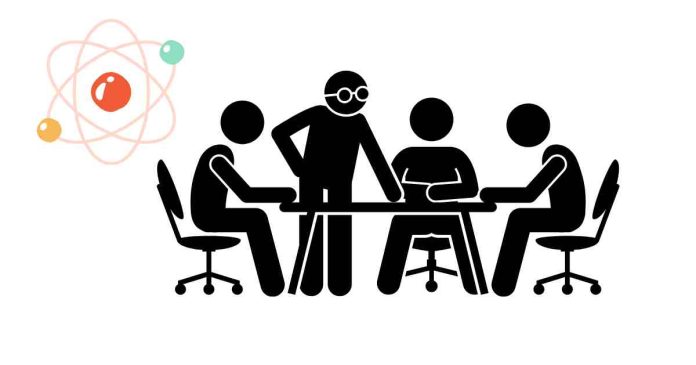What is Deliberate Structure in An Organization?
Deliberate structure in an organization refers to a consciously designed and intentionally created organizational framework that outlines how the organization will operate, make decisions, and allocate resources.
A deliberate structure is characterized by:
1. Clear goals and objectives: The organization has a well-defined mission, vision, and set of objectives that guide its actions.
2. Defined roles and responsibilities: Each position within the organization has a clear job description, and employees understand their specific duties and accountabilities.
3. Established processes and procedures: The organization has standardized processes and procedures in place to ensure consistency and efficiency in its operations.
4. Formal communication channels: The organization has defined channels for communication, both vertically (between management and employees) and horizontally (between departments).
5. Defined decision-making processes: The organization has established procedures for making decisions, including who is involved, how decisions are made, and how they are communicated.
6. Allocated resources: The organization has allocated resources (such as budget, personnel, and equipment) to support its goals and objectives.
A deliberate structure is often contrasted with an emergent structure, which develops organically over time without a conscious design.
The benefits of a deliberate structure include:
– Improved efficiency and productivity
– Enhanced communication and collaboration
– Increased accountability and transparency
– Better decision-making and problem-solving
– Improved adaptability and responsiveness to change
However, a deliberate structure can also be inflexible and bureaucratic if not implemented carefully.


